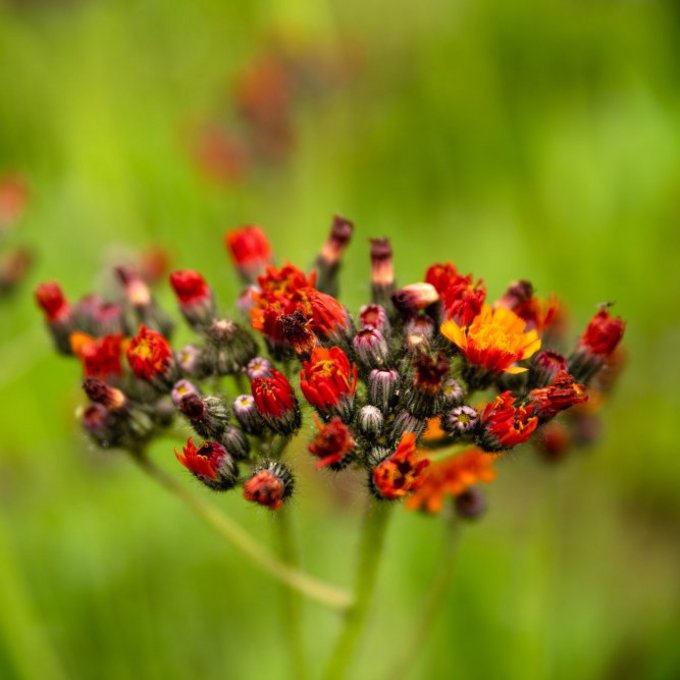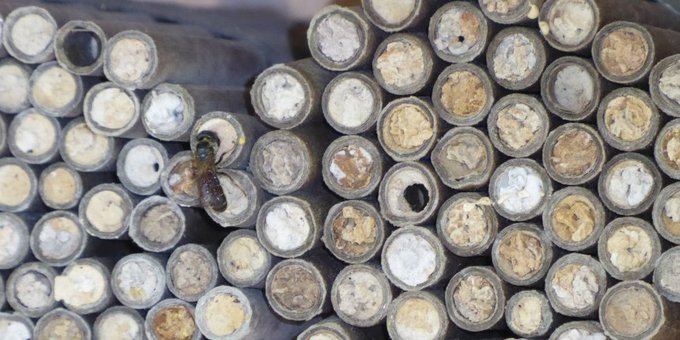BeeWorld
In the BeeWorld, which was opened in 2015 and is supervised by the Hofgeismar Beekeepers Association, several bee colonies are maintained.
Wild and honey bees are meant to find favorable living conditions here, as they are the most important plant pollinators and are primarily responsible for bountiful harvests and biodiversity among flowering plants. Both wild and honey bees require the nectar of flowering plants as their survival food. Many flowering plants, in turn, rely on bees as pollinators to spread their pollen and reproduce.
Most of the essential crops for our diet would produce either very little or much smaller fruits without the pollination work of bees and wild bees. Without their pollination, we would not be able to harvest apples, pears, berries, tomatoes, cucumbers, pumpkins, cherries, apricots, or almonds, for example.
![[Translate to Englisch:] BienenWelt [Translate to Englisch:] BienenWelt](/fileadmin/_processed_/b/9/csm_Bienenwelt_2016-09-02_Renate_Hofmann__68__ff71b5b81e.jpg)
In the 900m² Bee Garden, perennial flower beds as well as raised beds with herbs and strawberry plants have been established. Climbing plants, berry bushes, and fruit trees have been planted, and various wildflower seed mixtures have been sown. All of this has been done to provide a rich display of flowers for wild and honey bees in the garden from early spring well into the autumn, offering them abundant pollen and nectar for collection. Our visitors can gather inspiration here for the design and planting of their own gardens or balconies.
Protected under an overhang on the sunny southwest wall of the Bee House, you can observe wild bee hotels. With a bit of luck, you can watch as wild bees crawl into the tubes or passages, carrying pollen or building materials to construct their "nurseries" within and eventually seal the entrances.
Inside the Bee House, visitors can explore an interactive exhibition. The main attraction is the observation hive: through a glass panel, visitors can directly watch the busy residents within the hive as they dance, build, feed, or clean on the honeycombs. Among them, you can try to spot the queen bee. In the flight path, the foragers often return with fully loaded pollen baskets, while the guard bees ensure that hornets or other intruders don't enter the hive.
At the heart of the Bee House, a large interactive table invites visitors to engage in hands-on exploration. At multiple stations, visitors can playfully learn how bees see, locate flowers, smell, or navigate in the dark.
Additionally, the Bee House features honey extractors, beekeeping tools, bee hives, and various bee products on display.
Information boards not only cover honeybees and beekeeping but also delve into topics like wasps, bumblebees, and hornets, highlighting their pollination efforts and their significance for biodiversity.





